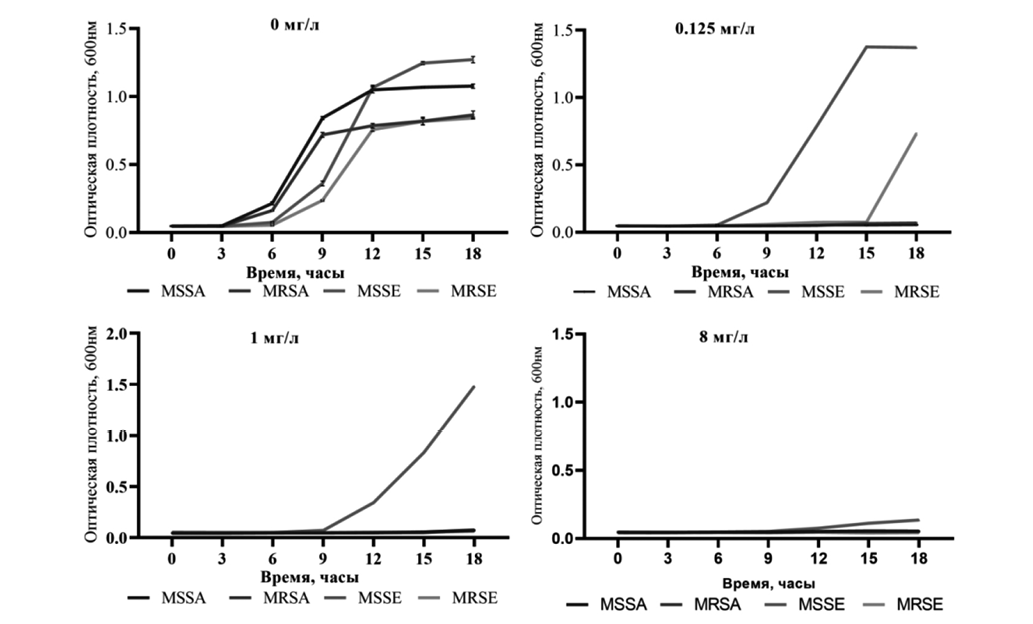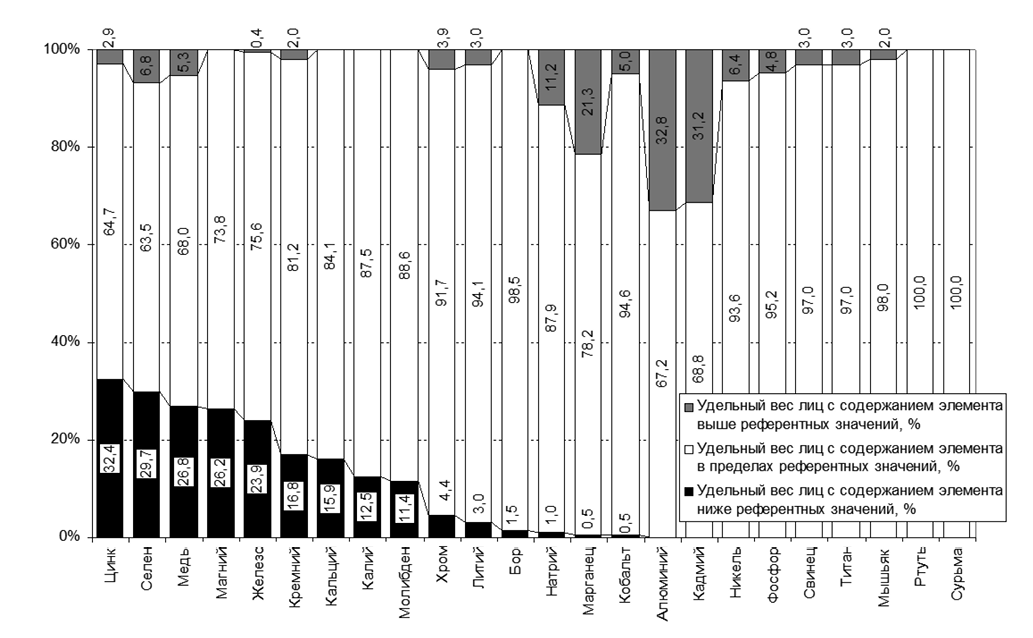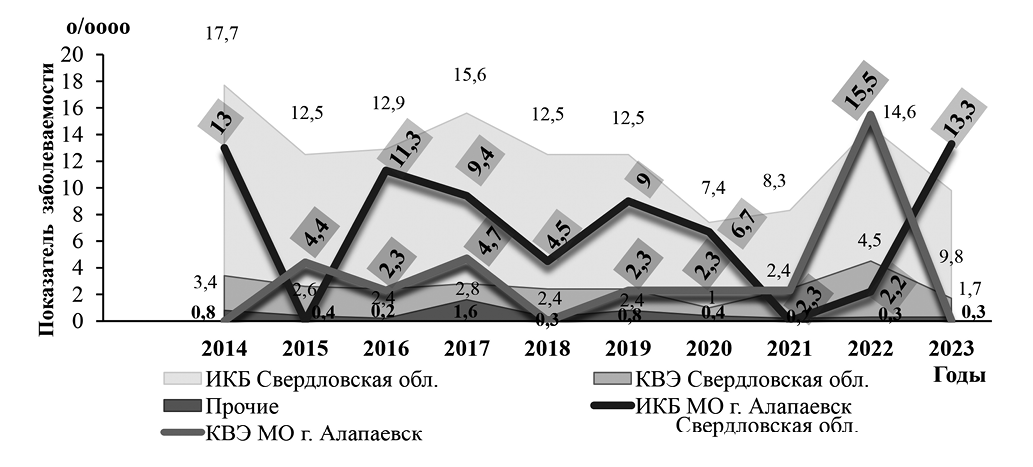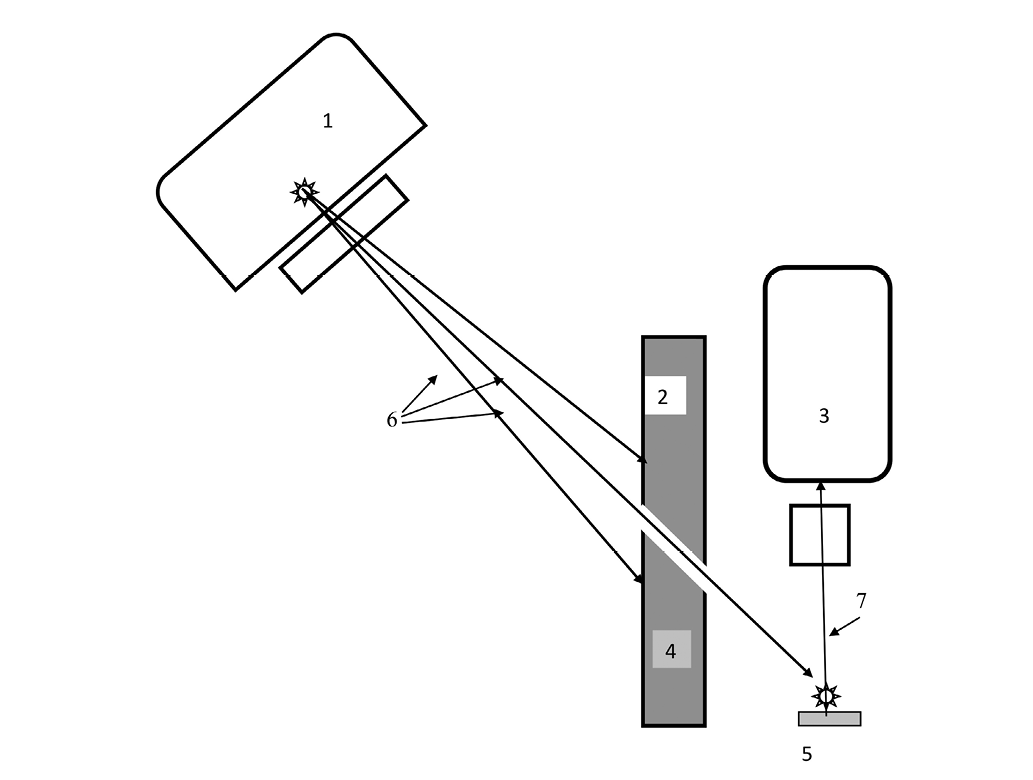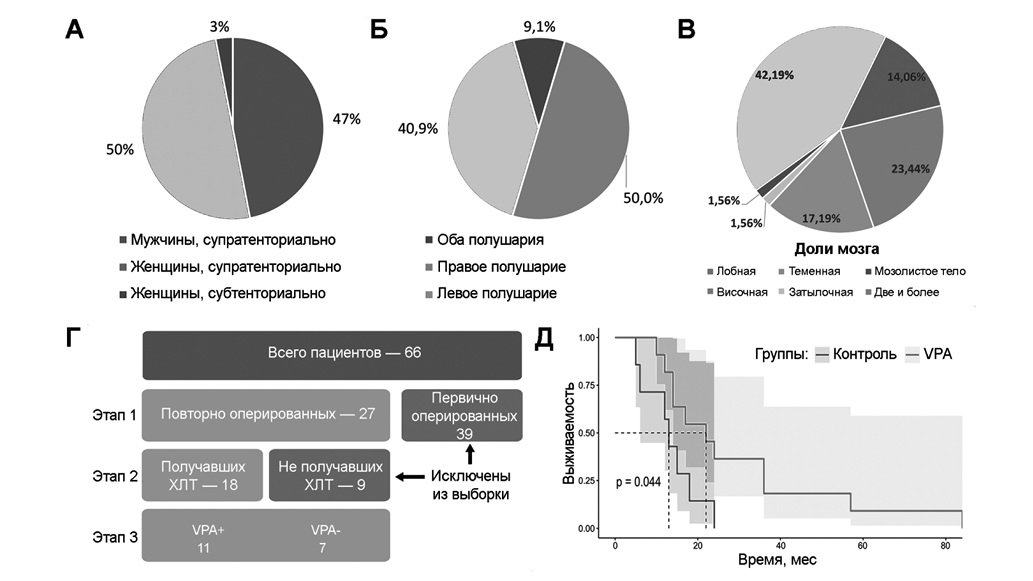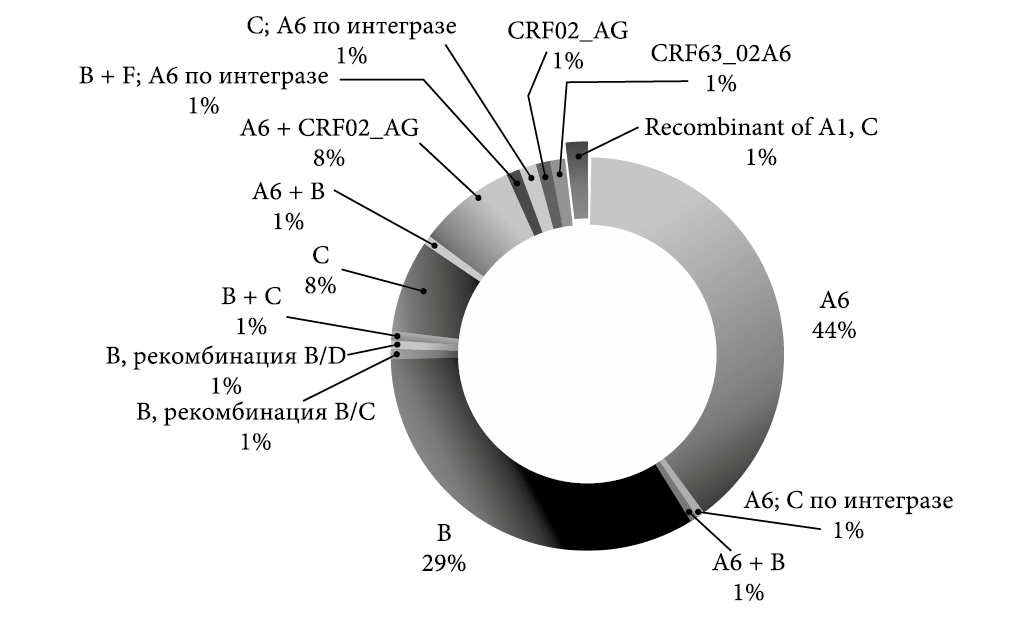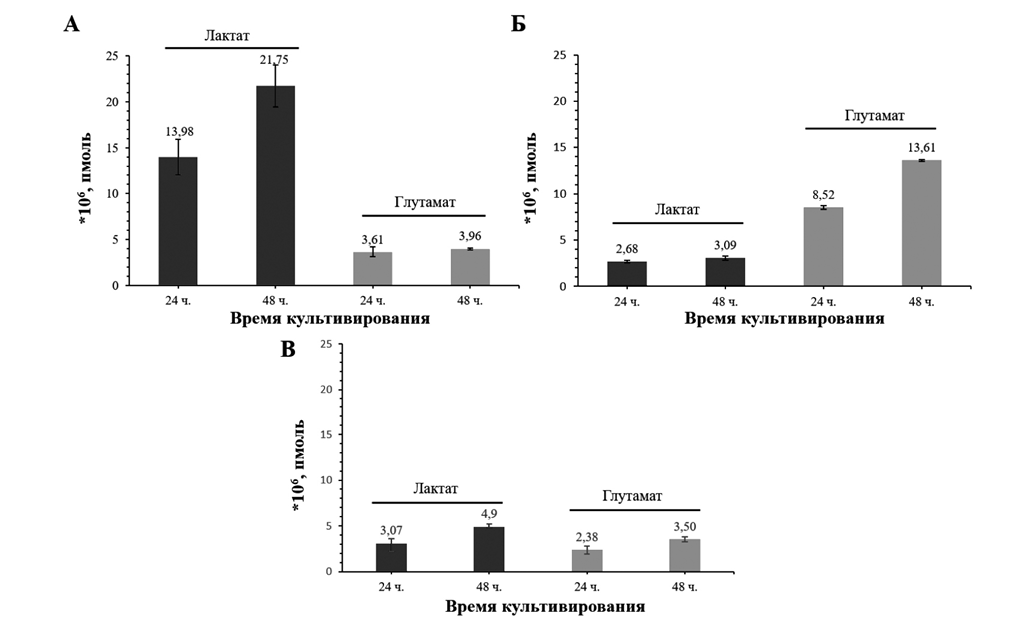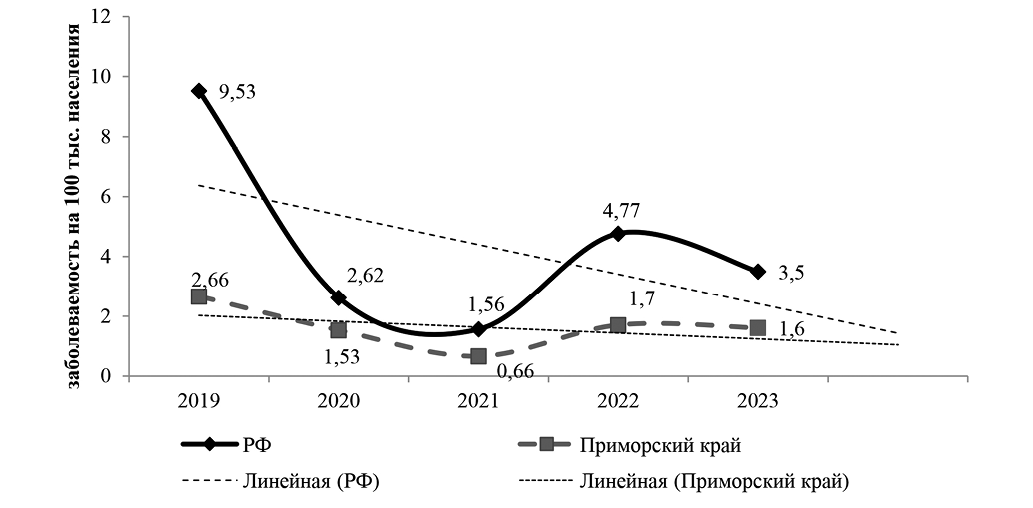EDITORIAL
Objective. To assess the health risk factors associated with nutrition among medical students at different educational levels.
Materials and methods. A cross-sectional study was conducted at the Pacific State Medical University from September to November 2024. The results presented are based on an assessment of the nutritional status of students aged 18 to 25 years, obtained through interviews with 300 individuals selected according to the principles of representative sampling. Specifically designed questionnaires included sections characterizing socio-demographic indicators, lifestyle, and dietary habits of the students. The individual dietary intake was analyzed using a frequency consumption method.
Results. The paper identifies nutritional irregularities among students. A quarter of the respondents reported having three regular meals per day, while the remaining participants indicated having one to two main meals supplemented by one or more snacks. The study revealed that 23.7 % of respondents skip breakfast, 7.8 % skip lunch, and 5.6 % skip dinner. More than 75 % of students reported that their meals at home include primarily breakfast and dinner. Among the respondents, 75.7 % had their last meal after 8:00 PM, with about 20 % eating after 10:00 PM. The most popular food groups among male and female students are baked goods and pasta. In terms of beverages, students prefer coffee and sweet carbonated drinks. The frequency of animal protein intake among students of both genders ranges from 2 to 3 times per week. A certain deficiency in the consumption of milk and dairy products is noted. Despite inadequate intake of certain food groups, fast food products are popular among students.
Conclusion. Dietary factors pose a high level of risk, characterized by reduced meal frequency, frequent skipping of main meals, particularly break-fast, late dinners, and prolonged intervals between meals. Insufficient consumption of specific food groups was noted, including whole grains, vegetables and fruits, meat and meat products, fish and seafood, milk and dairy products, eggs. The study revealed an increased consumption of processed meat products and fast food.
REVIEWS
Work in operating rooms is associated with exposure to numerous occupational hazards. Among these, ionizing radiation poses the greatest risk. Currently, established guidelines outline the levels of radiation exposure and limiting doses that allow healthcare workers to operate for extended periods without jeopardizing their health. Various methods for monitoring and assessing ionizing radiation are employed to evaluate the individual doses received by medical workers. The present paper reviews findings on radiation safety for healthcare professionals working in radiological operating rooms and introduces a comprehensive set of preventive measures for reducing the exposure of surgical specialists to artificial ionizing radiation.
The present paper reviews current data reflecting the challenges associated with the functioning of ventilation systems and the contamination of airborne particulate matter of both microbiological and chemical origin within large hospitals. The review highlights the role of ventilation in the transmission and containment of healthcare-associated infections, as well as presents various types of ventilation systems and modern methods for their decontamination. Current requirements for the operation of ventilation systems in large healthcare facilities are summarized.
Hallux valgus refers to a complex progressive deformity of the foot, caused by an imbalance of static and dynamic constraints leading to the deviation of the head of metatarsal bone in axial, coronal, and sagittal planes. The efficacy of surgical treatment for this deformity ranges from 80 % to 95 %, while 15 % to 40 % of patients report dissatisfaction with the outcomes of foot deformity surgeries. Scarf osteotomy is considered the optimal method for correcting hallux valgus deformity, involving a Z-shaped cut in the area of the first metatarsal bone, which reduces the intermetatarsal angle. The advantages of scarf osteotomy include providing stability and rigid compression at the osteotomy site, allowing for early weight-bearing and bilateralization. Scarf osteotomy prevents shortening of the first ray and facilitates early mobilization of the patient. It can be performed for varyious degrees of foot deformity, from mild to severe. The most common complications associated with surgical treatment of hallux valgus include persistent pain syndrome, recurrence of deformity, hallux varus, secondary fragment displacement, avascular necrosis of the first metatarsal head, nonunion, and infection.
ORIGINAL RESEARCHES
Objective. To conduct a comparative evaluation of lysostaphin activity against isolates of S. aureus, S. epidermidis and their biofilms, obtained from orthopedic patients.
Materials and methods. The study examines the effect of lysostaphin on 120 clinical bacterial isolates (30 MSSA, 30 MRSA, 30 MSSE, and 30 MRSE) alongside four reference strains of staphylococci. The minimum inhibitory concentration of lysostaphin was determined using a serial dilution method (ranging from 0.06 to 512 mg/l). The effect on biofilms and their formation was assessed by means of the O'Toole method. Data analysis was performed using GraphPad Prism software.
Results. According to the results, lysostaphin exhibited twice the activity against methicillin-sensitive strains and was more effective against S. aureus compared to S. epidermidis. The studied concentrations of lysostaphin effectively prevented biofilm formation, particularly in MSSA strains. The MBIC90 value for lysostaphin was found to be four times higher for MRSE strains and twice as high for S. aureus. Additionally, the MBEC90 value of lysostaphin against S. epidermidis was 32 times greater than that observed for S. aureus.
Conclusion. The pronounced anti-staphylococcal activity of lysostaphin, along with its significant destructive effect on S. aureus biofilms, offers a considerable potential for further investigation and implementation in clinical practice to combat staphylococcal infections, including those associated with various implants in orthopedics, dentistry, and cardiology.
Objective. To determine the efficacy of valvular bronchial blocking in patients with destructive pulmonary tuberculosis and to examine the factors affecting the performance of the technique.
Materials and methods. The study analyzes the outcomes of comprehensive treatment for 66 patients diagnosed with destructive pulmonary tuberculosis. The treatment was provided at a tuberculosis dispensary from 2021 to 2024 and involved valvular bronchial blocking.
Results. One year following the intervention, the technique resulted in the closure of cavitary lesions in 56.1 % (37/66) of the patients, and the cessation of bacteriological excretion in 65.2 % (15/23). Notably, the effectiveness of cavity closure in infiltrative pulmonary tuberculosis amounted to 84.6 % (33/39), whereas in fibrocavernous tuberculosis – only 14.8 % (4/27), with a statistically significant difference (p < 0.05). In addition, the optimal efficacy was registered in cases with the duration of the disease to be less than one year (65 % success), with cavitary lesions up to 2 cm (78.6 %) or 2–4 cm (67.7 %). No correlation was observed between treatment efficacy and drug susceptibility of Mycobacterium tuberculosis. Complications of bronchial blocking developed in 16 out of 66 patients (24.3 %) and were resolved through repeat bronchoscopy.
Conclusion. Valvular bronchial blocking appears to be an effective non-resectional technique for the treatment of patients with destructive pulmonary tuberculosis and requires personalized criteria for intervention.
Aim. Hygienic assessment of mineral deficiencies among the adult population of Western Siberia.
Materials and methods. The supply of minerals to the adult population of the Omsk region was assessed in a cross-sectional descriptive observational study based on the content of 24 elements in human hair in a random quota sample that included 333 people (151 men and 182 women).
Results. In 69.7 ± 2.5 % of the adult population of the Omsk region, disturbances in the supply of mineral substances were noted. Among the most common deficiencies were zinc (32.4 ± 2.6 %), selenium (29.7 ± 2.5 %), copper (26.8 ± 2.4 %), magnesium (26.2 ± 2.4 %), iron (23.9 ± 2.3 %), silicon (16.8 ± 2.1 %), calcium (15.9 ± 2.0 %), potassium (15.9 ± 2.0 %), and molybdenum (11.4 ± 1.7 %). An increased content of toxic and potentially toxic mineral substances in the body was noted for such substances as aluminum (32.8 ± 2.6 %), cadmium (31.2 ± 2.5 %), and lead (10.1 ± 2.5 %). The elemental status in men and women, as well as in the age groups of 18–29 years, 30–44 years, 45–64 years, 65 and more years was determined. The frequency of mineral deficiencies increased with age for such elements as magnesium, iron, and selenium.
Conclusion. In comparison with 2007–2010, a tendency towards a decrease in the frequency of mineral deficiency in the adult population of the region was observed. In 69.7 ± 2.5 % of the adult population of the Omsk region, disturbances in the supply of mineral substances were noted, with their frequency increasing with age and being more common in men.
Objective. To identify characteristics of the epidemic process of tick-borne infections in Sverdlovskaya Oblast (Russia) over a multi-year period, using the municipality of Alapaevsk as a case study.
Materials and methods. Based on the state statistical reports from 2014 to 2023, the present study examines the incidence of tick-borne viral encephalitis (TBVE), Lyme borreliosis (LB), and tick bites among the local population.
Results. The incidence of tick-borne viral encephalitis was found to be higher than that of Lyme borreliosis in Sverdlovskaya Oblast and the municipality of Alapayevsk. Both TBVE and LB show an annual incidence pattern in the region. In the municipality of Alapayevsk, TBVE was not recorded in the years 2014, 2018, and 2023, while LB was not registered in 2015 and 2021. The incidence rates for TBVE fluctuated between 2.30/0000 and 15.5 0/0000, while LB incidence ranged from 2.20/0000 to 13.30/0000. In the structure of morbidity, urban population predominated for both TBVE and LB, accounting for 81–87 %, with a majority being males. Notably, no cases of TBVE were registered among children.
Conclusion. Sverdlovskaya Oblast and the municipality of Alapayevsk appear to be a natural focus of infection and faces the ongoing challenge with the incidence of tick-borne viral encephalitis and Lyme borreliosis, given the annual occurrences of population seeking medical assistance due to tick bites. The epidemic process of TBVE and LB involves primarily the adult population, predominantly males. In certain years, a dominance of one of the two parasitic diseases (TBVE or LB) has been observed.
Objective. To determine the potential for generating secondary radiation on a hydroxyapatite-wollastonite graft, which has the potential to be used as a marker for postoperative pre-irradiation marking.
Materials and methods. During the simulation of a radiotherapy session, the spectrum of secondary radiation generated on the hydroxyapatite-wollastonite graft and polyacrylamide was studied. Polyacrylamide, composed of basic chemical elements similar to those in human soft tissues, was used as an equivalent. Hydroxyapatite-wollastonite was obtained by plasma-reactive sintering of Ca3(Si3O9) powder mixed with reactive components (CaO and CaHPO4HAP). The simulation of radiotherapy was conducted using a TrueBeam Linear Accelerator, developed by Varian Medical Systems, utilizing photon energy of 6 mega-electron volts (MeV) with a portable lead block shield and an aperture of 10 mm in diameter for irradiation. An SKS-50M gamma spectrometer with a high-purity germanium detector was used to record the photon distribution. Instrument readings were summarized in increments of 50 kilo-electron volts (keV) within the range of 0 to 2650 keV and presented graphically. Three measurements were taken in each range, after which the arithmetic mean and mean deviation were calculated. The significance of differences between means was determined using Student's t-test.
Results. The secondary radiation from the studied samples in the range of 51–100 keV showed minor differences: hydroxyapatite-wollastonite produced 23.18 ± 2.57 pulses/second compared to polyacrylamide at 21.57 ± 2.37 pulses/second, while at energies of 101–150 keV, hydroxyapatite-wollastonite yielded 21.18 ± 2.51 pulses/second versus polyacrylamide at 22.9 ± 2.41 pulses/second. However, these differences were not statistically significant.
Conclusion. The graft of hydroxyapatite-wollastonite micro-particles is considered to be a promising material for precise postoperative/pre-irradiation marking during treatment planning and does not require recalculation of radiation dose.
Objective. To evaluate the survival of patients with recurrent glioblastoma receiving valproic acid and to study its impact in combination with temozolomide and celecoxib on tumor cells.
Materials and methods. A retrospective analysis was conducted on data from patients diagnosed with glioblastoma (ICD-10 – C71) who received valproic acid as part of their comprehensive treatment and were reoperated on with recurrent glioblastoma. Tumor cells of the C6, U87 and T98G lines were used for the experimental study. Glioblastoma modeling was performed using Wistar rats. The study was approved by the ethics committee.
Results. The median overall survival of patients with glioblastoma receiving valproic acid accounted for 22 months, compared to 13 months for patients not receiving valproic acid. In in vitro experiments, the half-maximal inhibitory concentration (IC50) of temozolomide for various tumor cell lines ranged from 435.3 to 844 μM; the IC50 of valproic acid for U87MG, T98G, and C6 cell lines comprised 1510, 3900, and 3600 μM, respectively; the IC50 of celecoxib for these tumor cell lines amounted to 30.1, 41.07, and 48.4 μM, respectively. Valproic acid significantly enhanced the antiglioma effect of temozolomide on U87 cell lines; the highest sensitivity to the action of celecoxib in combination with temozolomide was observed in C6 and T98G cell lines. The combination of valproic acid with celecoxib enhanced the antiglioma action of temozolomide both in vitro and in vivo, which was accompanied by a reduction in tumor volume (p < 0.05) and increased survival of experimental animals.
Conclusion. The high antiglioma potential of the combination of valproic acid and celecoxib with temozolomide opens up prospects for optimizing existing treatment approaches for recurrent glioblastoma, thereby highlighting the need for further research. Valproic acid and celecoxib enhance the effects of temozolomide on glioblastoma cells.
Objective. To evaluate the effiacy of surgical treatment for myopia through laser refractive surgeries utilizing an innovative technology – Refractive Lenticule Extraction/ Small-incision Lenticule Extraction (ReLEx SMILE).
Materials and methods. The study involved 92 eyes with myopia (spherical equivalent (S.E.) ranging from −2.0 to −10.0 diopters and astigmatism not exceeding −3.0 diopters). The main group consisted of 21 patients (42 eyes) who underwent bilateral surgical treatment using ReLEx SMILE via femtosecond lamellar extraction through a small incision. In the control group, 25 patients (50 eyes) underwent bilateral standard Laser-Assisted in Situ Keratomileusis (LASIK) surgery.
Results. One month after surgery, the S.E. in the ReLEx SMILE group accounted for −0.1 ± 0.2 diopters, −0.13 ± 0.34 diopters at three months, and −0.13 ± 0.40 diopters at six months. In the control group, S.E. comprised 0.15 ± 0.31 diopters at one month, −0.09 ± 0.27 diopters at three months, and −0.18 ± 0.43 diopters at six months of observation. Six months after surgery, 36 % (15 eyes) in the ReLEx SMILE group gained one line on the visual acuity chart; 48 % (20 eyes) remained unchanged, while 14 % (6 eyes) lost one line, and one eye lost two lines. In the LASIK control group, 28 % (14 eyes) gained one line, 62 % (31 eyes) remained unchanged, and 10 % (5 eyes) lost one line. No patients lost two lines. In the ReLEx SMILE group, all 42 eyes achieved a visual acuity of 0.7–0.9 or better six months after surgery, with 66 % (28 eyes) achieving 1.0–1.2. In the LASIK group, all 50 eyes had a visual acuity of 0.7–0.9 or better, with 75 % (38 eyes) achieving 0.9–1.0 or better.
Conclusion. The ReLEx SMILE method for refractive correction of moderate to high myopia demonstrates comparable efficacy, safety, and predictability to LASIK surgery, while exhibiting superior stability.
Objective. To describe the drug resistance and genetic diversity of HIV-1 among patients in Primorsky Krai in 2024.
Materials and methods. A biological material analysis was conducted on 122 HIV-infected patients under dispensary observation at the at the AIDS Center of Regional Hospital No. 2 (Vladivostok, Russia) in order to identify the drug resistance to four main classes of antiretroviral agents.
Results. A high prevalence of genetic variants A6 (44.3 %), B (28.7 %), and C (8.2 %) of HIV-1 was observed among the examined patients. The likelihood of non-nucleoside reverse transcriptase inhibitor resistance was found to be tenfold higher in subtype B compared to subtype A6 (OR = 10.5). The integrase inhibitor resistance was significantly more frequently detected in the subgroup of patients with HIV-1 subtype B (OR = 38.1). In the overall patient sample, the drug resistance was identified in 19.7 % of cases for one group of antiretroviral medications, in 9 % for two groups, and in 2.5 % for three groups of medications. A recombinant form A6/CRF02_AG was detected in 8.2 % of cases. Additionally, 10.6 % of cases exhibited various genetic variants of HIV-1 which can be classified as new recombinant or unique forms.
Conclusion. The results demonstrate a rising trend in recombinant types of HIV-1 within the region, reflecting changes in the overall genetic landscape of HIV subtypes, with significant variations in the mutation patterns associated with drug resistance across certain groups of antiretroviral therapy in both B and non-B subtypes of HIV.
Objective. To study the effect of fucoidan from brown algae S. feldmannii (SfF2) on the metabolism of MDA-MB-231 breast cancer cells.
Materials and methods. The bioenergetic potential of MDA-MB-231 cells was assessed under the influence of various factors (insulin, epidermal growth factor, phorbol ester, and X-rays) stimulating tumor progression. The metabolically oriented effect of fucoidan SfF2 (200 µg/ml) on the colony formation process of MDA-MB-231 human breast cancer cells was determined using the soft agar method under normal conditions and under the influence of various carcinogenic factors.
Results. Fucoidan from brown algae S. feldmannii was found to reduce the number of colonies of MDA-MB-231 cells induced by insulin, epidermal growth factor (EGF), and 12-O-tetradecanoyl-phorbol-13-acetate (TPA) by more than 50 % compared to control cells.
Conclusion. The use of fucoidan as an adjunct to standard therapy appears to be a promising strategy for enhancing the efficacy of anticancer treatment.
Objective. To assess the epizootic and clinical-epidemiological situation regarding the incidence of hemorrhagic fever with renal syndrome in the Primorsky Krai in the period 2019–2023.
Materials and methods. A retrospective clinical and epidemiological study of the incidence of hemorrhagic fever with renal syndrome enrolled 149 patients. The epizootic process in populations of small mammals in natural and synanthropic foci was examined according to generally accepted methodologies.
Results. The activity of natural foci of hemorrhagic fever with renal syndrome, caused by the circulation of three orthohantaviruses (Hantaan virus and its Amur and Seoul genotypes), remains significant, with a predominance of the Amur carrier in the body of the Korean field mouse. This occurs despite a clear downward trend in the incidence (from an average annual rate of 4.9 to 1.6 per 100,000 population in 2019). Severe and complicated forms of the infection notably prevailed (23.5 %), with high mortality rates (up to 11.5 % in 2023). Some clinical and pathogenetic prognostic criteria for the severity of hemorrhagic fever with renal syndrome were identified in the early stages of the disease.
Conclusion. The severity of the disease course and difficulties in primary diagnosis define the hemorrhagic fever with renal syndrome to be a significant public health concern in the region.
Aim. To develop an alternative system for assessing erectile function based on an interval scale.
Materials and methods. Materials were collected using the EMBASE, MEDLINE, Cochrane Central (Cochrane HTA, DARE, HEED), Google Scholar and the WHO International Clinical Trials Platform search databases. The search query included the following key phrases: Erectile dysfunction; IIEF-15, IIEF-5, system for assessing clinical symptoms in medicine.
Results. To develop an alternative system for assessing erectile function, a table based on an interval scale was created. The approach used in the diagnostic scoring system was used, according to which a score is assigned according to the threatometric evaluation of each symptom gradation in the form of a single-digit number reflecting the ratio of probabilities of differentiated states A2 and A1 and representing the decimal logarithm of this ratio multiplied by 5 and rounded to an exact value.
Conclusion. The study presents an alternative system for assessing erectile function based on an interval scale that allows quantifying the severity of erectile dysfunction and its individual symptoms. According to the concept of interval scales, the table allows arithmetic operations with variables (symptoms evaluated in points) to be performed, thus representing a tool for managing patients with erectile dysfunction and its correction by modern pharmacological agents.
Objective. To analyze vaccination coverage and identify the characteristics of measles and pertussis morbidity among children in 2023.
Materials and methods. The study involved an analysis of outpatient records from the City Children's Polyclinic No. 6 in Kazan. A total of 305 children aged 1 to 18 years (mean age 10.2 ± 0.33 years) were examined during the first quarter of 2023. The distribution by sex was as follows: boys – 54.75 % (n = 167), girls – 45.25 % (n = 138).
Results. The analysis of outpatient records, vaccination certificates, and patient examinations revealed that 228 children (74.75 % of those examined) had received complete vaccinations, 41 children (13.45 %) had received partial vaccinations, and 36 children (11.8 %) had not been vaccinated at all with the adsorbed pertussis-diphtheria-tetanus vaccine. The analysis of measles vaccination coverage indicated that 74 children (48.68 % of those examined) had received complete vaccinations, 58 children (38.1 %) had received partial vaccinations, and 20 children (13.5 %) had not been vaccinated against measles.
Conclusion. Reducing herd immunity to 74.75 % determines the necessity for vaccination initiatives aimed at increasing herd immunity to the target level of 95 %.
Objective. To assess the efficacy of various types of comprehensive treatment for patients with chronic tonsillitis, using the dynamics of lysozyme, lactoferrin, secretory immunoglobulin A (sIgA), and NETosis products in smears from the surface of the palatine tonsil lacunae as criteria.
Materials and methods. The study enrolled 120 patients aged 18–65 years diagnosed with chronic tonsillitis. All patients were divided into three groups of 40 individuals each. Group 1 patients underwent a two-stage vacuum and manual lavage of the palatine tonsils, followed by intralacunar administration of an oil solution of chlorophyllipt. In Group 2, the procedures were supplemented with exposure to low-intensity laser radiation. In Group 3, intralacunar administration of exogenous nitric oxide was additionally applied. The levels of humoral factors (lactoferrin, lysozyme, and serum immunoglobulin A [sIgA]) and cellular factors (products of neutrophil extracellular trap transformation) of the mucosal system of the respiratory tract were evaluated before treatment, and 1, 6, and 12 months after therapy. Statistical analysis was conducted using Statistica 12 software. The median, first and third quartiles of Me [LQ; UQ], mean value and standard deviation (M ± σ) were calculated. Statistical differences between groups were assessed using the Mann-Whitney U test and Fisher's exact test. A significance level of p < 0.05 was accepted for all analyses.
Results. Statistically significant improvement in humoral factors (lactoferrin, lysozyme, sIgA) of the mucosal system was observed in the combined treatment groups utilizing physiotherapeutic methods. The proportion of patients with no NETosis products at 1 month after the course of therapy accounted for 27.5 %, 37.5 % and 40 %, at 12 months – 22.5 %, 40 % (p < 0.05) and 35 % (p < 0.05) against the initial 17.5 %, 20 % and 17.5 % in Groups 1, 2 and 3, respectively. In Group 1, the number of patients with moderate and high levels of NETosis products decreased by 10 %, 5 %, and 10 % (p < 0.05) in one, six, and twelve months after therapy, respectively; in Group 2, it reduced by 19 % (p < 0.05), 14.3 % (p < 0.05), and 33.3 % (p < 0.05); in Group 3, this number declined by 33.3 % (p < 0.05), 23.8 % (p < 0.05), and 47.4 % (p < 0.05), correspondingly.
Conclusion. When selecting a conservative treatment algorithm, the advantages lie with a combined approach that includes a comprehensive irrigation-elimination regimen alongside physiotherapeutic methods, particularly laser therapy and nitric oxide therapy, the efficacy of which can be objectively confirmed by the dynamics of humoral and cellular factors of the mucosal system of the respiratory tract.
PRACTICE OBSERVATIONS
The bone and joint syndrome is observed in one out of every three patients with acute lymphoblastic leukemia. In some cases, arthralgia and arthritis comprise the first and only manifestations of the disease. This complicates the diagnostic process and leads to a late diagnosis. The study presents a clinical case of the onset of acute leukemia in a child with bone and joint involvement. The development of joint syndrome in acute lymphoblastic leukemia highlights the necessity for careful examination of the medical history, clinical findings, and laboratory data in patients with a suspected diagnosis of juvenile idiopathic arthritis.



